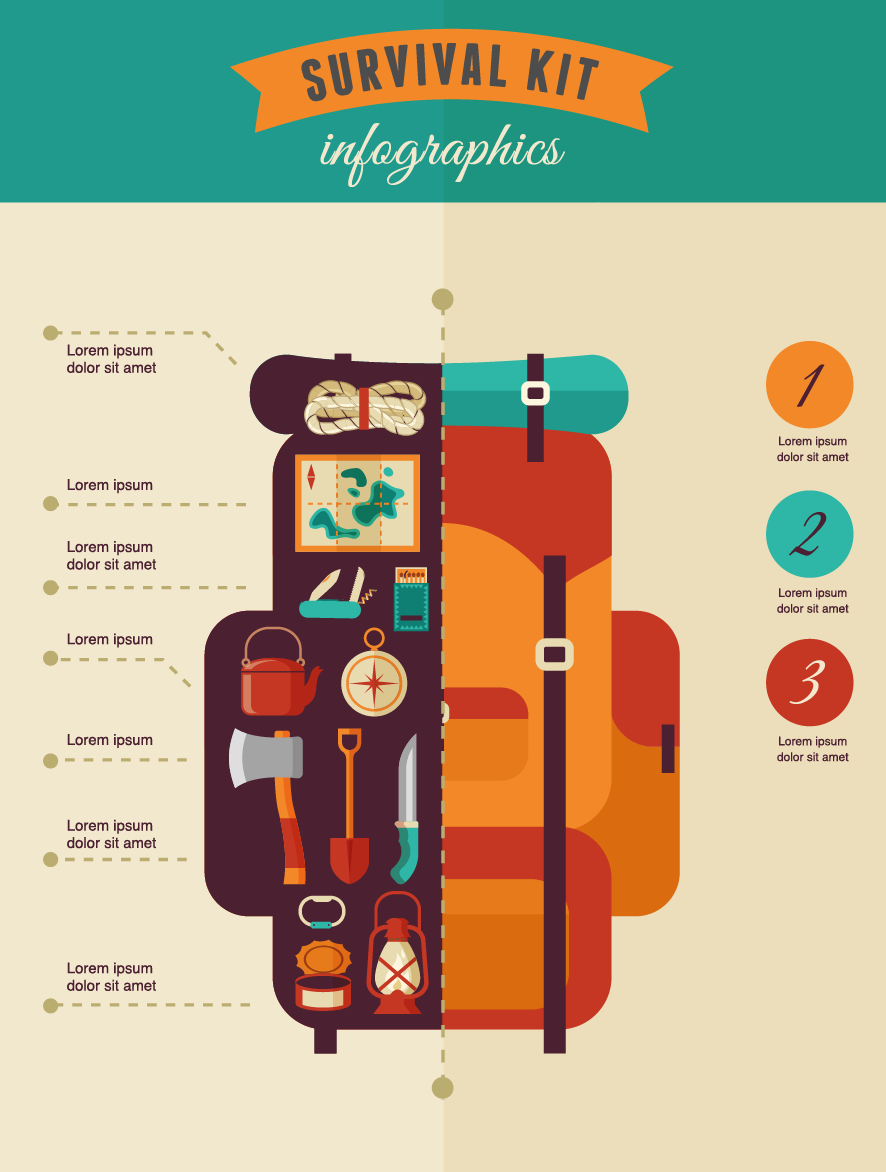Wintertime outdoor camping is a fun and adventurous experience, but it needs appropriate equipment to guarantee you remain cozy. You'll require a close-fitting base layer to trap your body heat, together with a shielding coat and a waterproof shell.
You'll also require snow stakes (or deadman supports) buried in the snow. These can be tied making use of Bob's smart knot or a normal taut-line hitch.
Pitch Your Outdoor tents
Wintertime camping can be an enjoyable and daring experience. Nevertheless, it is necessary to have the proper equipment and recognize exactly how to pitch your outdoor tents in snow. This will certainly prevent chilly injuries like frostbite and hypothermia. It is additionally essential to consume well and remain hydrated.
When setting up camp, make certain to pick a site that is protected from the wind and free of avalanche threat. It is also a great idea to pack down the location around your tent, as this will certainly help in reducing sinking from body heat.
Before you set up your outdoor tents, dig pits with the very same size as each of the anchor points (groundsheet rings and man lines) in the facility of the outdoor tents. Fill these pits with sand, stones or even stuff sacks full of snow to small and protect the ground. You might additionally intend to consider a dead-man anchor, which entails tying outdoor tents lines to sticks of timber that are hidden in the snow.
Load Down the Location Around Your Tent
Although not a necessity in many locations, snow risks (also called deadman anchors) are a superb addition to your camping tent pitching package when outdoor camping in deep or pressed snow. They are basically sticks that are created to be hidden in the snow, where they will freeze and develop a strong support point. For best results, utilize a clover hitch knot on the top of the stick and bury it in a couple of inches of snow or sand.
Establish Your Outdoor tents
If you're camping in snow, it is a good idea to make use of a camping tent designed for winter season backpacking. 3-season camping tents function fine if you are making camp below timberline and not expecting particularly harsh climate, but 4-season tents have tougher posts and materials and use more protection from wind and hefty snowfall.
Make certain to bring adequate insulation for your sleeping bag and a warm, completely dry blow up floor covering to sleep on. Inflatable mats are much warmer than foam and assistance prevent chilly areas in your camping tent. You can likewise add an extra floor covering for resting or cooking.
It's likewise a good concept to establish your camping tent close to a natural wind block, such as a group of trees. This will make your camp more comfy. If you can not find a windbreak, you can create your own by excavating openings and hiding things, such as rocks, outdoor tents stakes, or "dead man" anchors (old outdoor tents person lines) with a shovel.
Restrain Your Tent
Snow stakes aren't essential if you make use of the ideal methods to anchor your outdoor tents. Hidden sticks (maybe accumulated on your strategy walking) and ski poles work well, as does some variation of a "deadman" hidden in the snow. (The idea is to create a support that is so messenger bag solid you will not be able to draw it up, despite having a lot of effort.) Some manufacturers make specialized dead-man supports, yet I choose the simplicity of a taut-line hitch connected to a stick and after that buried in the snow.
Understand the terrain around your camp, particularly if there is avalanche danger. A branch that falls on your tent might harm it or, at worst, hurt you. Also watch out for pitching your camping tent on an incline, which can trap wind and lead to collapse. A protected area with a reduced ridge or hillside is far better than a steep gully.
